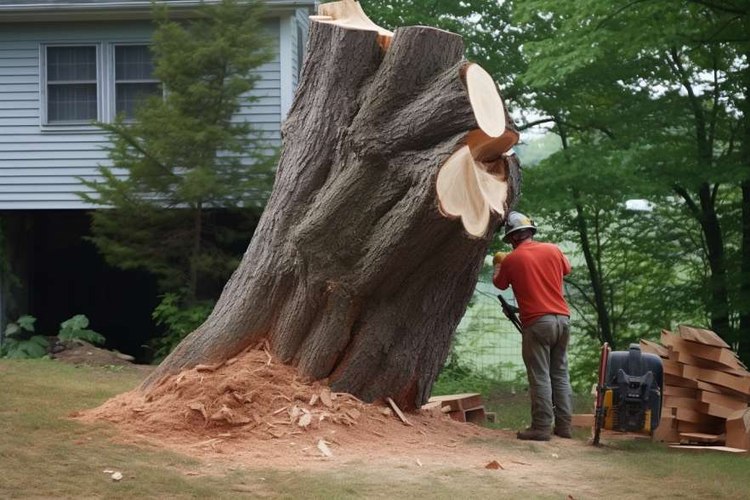Rediscovering the World through Geocaching: A Modern-Day Treasure Hunt
In a world dominated by technology and virtual experiences, one travel trend turns the concept of exploration on its head: Geocaching. A modern take on the good old fashioned treasure hunt, geocaching is an outdoor recreational activity that combines natural exploration with digital technology. It's a game of hide and seek that spans the globe, making the entire world your playground.

The Birth of Geocaching: A Brief History
Geocaching was born in the wake of a significant technological development. In May 2000, the US government lifted the “Selective Availability” restriction on GPS, dramatically increasing the accuracy of the system for civilian use. This development paved the way for GPS-based hobbies, and just days later, the first geocache was hidden and its coordinates posted online. Today, there are estimated to be over three million geocaches hidden around the world, in urban jungles, remote wilderness, and everywhere in between.
Geocaching Today: A Global Community of Explorers
The geocaching community has grown into a global network of explorers. Smartphone apps have made it easier than ever to get involved, providing maps, clues, and logs for millions of hidden geocaches. The game has evolved to include different types of caches, from traditional boxes to virtual caches and puzzle caches that require solving riddles or clues. It’s not just about the find, either. Geocachers often share their adventures online, contributing to the community with stories, photos, and tips.
A New Way to Travel: The Impact of Geocaching
Geocaching is changing the way people travel. No longer simply a destination-oriented activity, travel has become an opportunity to engage with the world in a more interactive way. The game encourages exploration of lesser-known locations and offers a unique way to discover hidden gems in popular tourist destinations. However, it’s not without challenges. Respecting the environment, local laws, and private property are crucial aspects of responsible geocaching.
The Future of Geocaching: Expert Insights
Experts predict that geocaching will continue to grow in popularity as more people seek out unique and interactive travel experiences. As technology evolves, so too will the game. Augmented reality, for example, could offer a new layer of interaction, with virtual caches appearing in the real world through the lens of a smartphone.
Fascinating Facts about Geocaching
- The first documented cache was hidden in Beavercreek, Oregon, by Dave Ulmer in May 2000.
- The term ‘geocaching’ was coined by Matt Stum on the “GPS Stash Hunt” mailing list in May 2000. It’s a combination of “Geo” for geography, and “caching” for the process of hiding a cache.
- Some geocaches are trackable items, known as “Travel Bugs” or “Geocoins”. These items have a unique code and are moved from cache to cache by geocachers, often with a specific mission or goal.
In conclusion, geocaching is much more than a game—it’s a new way to travel and experience the world. It encourages exploration, fosters a sense of community, and brings a dash of adventure to everyday life. As we continue to seek out unique and immersive experiences in our travels, geocaching offers a fun, accessible, and rewarding way to satisfy our innate curiosity and desire for discovery.




